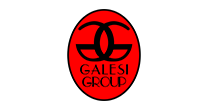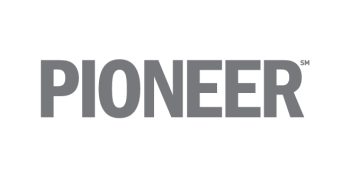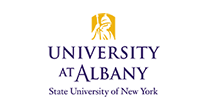News
May 11, 2015Shaker-themed Programs
As part of the on-going programming related to the exhibition, “The Shakers: America’s Quiet Revolutionaries” at the State Museum, the public is invited to attend the following programs: a Shaker panel discussion and “Shaker Barnstorming Weekends”.
Shakers in our backyard: A panel discussion about the history and relevance of America’s first three Shaker communities
New York State Museum
Thursday, June 4 at 7:00pm
Admission: Free
Join us for a panel discussion about the Shaker historic sites, collections and archival resources that exist in the Capital Region. Learn about current projects and the future of local Shaker historic sites. Attendees are welcome to join the discussion to explore why the Shakers continue to be relevant in contemporary society. This discussion is part of on-going collaborative programming related to the exhibition, “The Shakers: America’s Quiet Revolutionaries”, now on view at the New York State Museum.
Shaker Barnstorming Weekends
Visit the three Shaker Historic Sites in the Capital Region and Berkshires to learn about iconic Shaker barn architecture and Shaker agricultural innovations. Each tour takes place at 2pm at the location and date indicated. Reservations must be made at each separate site and prices vary based on location. For more information about Shaker programming, visit http://www.nysm.nysed.gov/shakers/.
Mount Lebanon’s Great Stone Barn
Shaker Museum l Mt. Lebanon
www.shakerml.org Friday, July 31 and August 7 at 2:00pm Admission: $10 (free admission for museum members)
Space is limited, pre-registration is required.
Contact programs@shakerml.org or 518-794-9100 ext. 220 to register.
The Great Stone Barn, built in 1859 as the largest stone barn in America, demonstrates the Shakers’ economic stability, confidence, and vision at the height of their success. Anchoring three wooden wings, the stone structure was 50 by 200 feet and five stories high. The Barn was gutted by fire in 1972. In 2013, the Museum undertook a multi-million dollar stabilization effort. Explore the history and current state of the Great Stone Barn, an accompanying exhibit, and a model showing its use. Following the recent completion of the first phase of restoration work, this is the first chance for the general public to tour inside the ruin.
Albany’s 1915 Church Family Barn
Shaker Heritage Society
Saturday, August 1 and 8 at 2:00pm
Admission: $10 (free for members)
Pre-registration is required.
Contact: shakereducator@gmail.com or call 518-456-7890 ext. 23 to register
After a devastating fire destroyed the 1851 barn at the Albany Shaker Church Family, the community set out to build a new barn complex. Designs were drawn up for an efficient and technologically advanced barn, which included a track system for handling manure, lightning rods, and roof ventilators. On May 20, 1915, with help from hired laborers, the Shakers raised their beautiful new barn. The Church Family closed only a decade later due to declining membership, but the barn still stands as a sign of their determination, innovation, and hopes for the future. Join us on a special tour and celebrate the centennial of this historically significant barn.
Hancock Shaker Village’s Iconic Round Stone Barn
Hancock Shaker Village
Sunday, August 2 and 9 at 2:00pm
Admission: $20 (free for members; children 12 and under are free, ages 13-17: $8)
Pre-registration is required. Contact: mcellana@hancockshakervillage.org or call 413.443.0188 x100 to register
“The great object of agricultural curiosity at Hancock is their magnificent stone barn, two stories in height and 96 feet in diameter” –Rev. Henry Colman, 1835
Take an in-depth tour of the iconic Round Stone Barn at Hancock Shaker Village. Built in 1826, the form was continually improved upon by pioneering Shaker brethren to improve the situation of the farmer and make the large-scale dairy farm more efficient. Learn about the stages of construction, the use of gravity, and why bank barns were developed and are still utilized today.
























